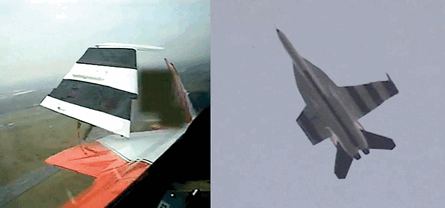Rockwell Collins believes up to half of the aircraft flying in 2020 could be unmanned, and is confident it can provide the control systems to make this happen.
David Vos, senior director of control technologies at Rockwell Collins, says: “This is as exciting a leap as the move from piston engine to jet turbine. We have a four-ounce module that could literally fly a Boeing 747 from take-off to landing. It is completely reliable and provides up to 83,000 hours MTBF, yet costs around $3,500.”
The company earlier this year acquired Athena Technologies, which specialises in providing flight control and navigation solutions for the UAV market.
Vos says the Rockwell Collins is now close to rolling out lightweight systems that could not only allow manned and unmanned aircraft to share the same airspace, but could also provide automatic “push button to land” features for commercial, military and private aircraft, even if they have sustained catastrophic damage.
Rockwell Collins has a video of Darpa-sponsored tests involving a scale model Boeing F/A-18 being flown automatically at the Aberdeen Proving Grounds in Maryland.
At one point in the flight 60% of the starboard wing is blown off, but the UAV barely flinches. Rockwell Collins’ Automatic Supervisory Adaptive Control (ASAC) technology reacts to the aircraft’s new configuration, continues to fly the plane, and then autonomously lands it using internal Inertial Navigation System/Global Positioning System (INS/GPS) reference only.
 |
|---|
“The conclusion is obvious,” says Vos. “The system could be built into military aircraft and automatically take control in the event of damage. The systems are flight-adaptive learn each time they are used and are easily capable of taking off, flying and landing the aircraft.
Vos says UAS could be used to deliver parcels in low density parts of the world right now. “Manned aircraft and UAVs are already sharing airspace every day,” Vos says. “People just have to get used to the idea.”
Source: Flight International























